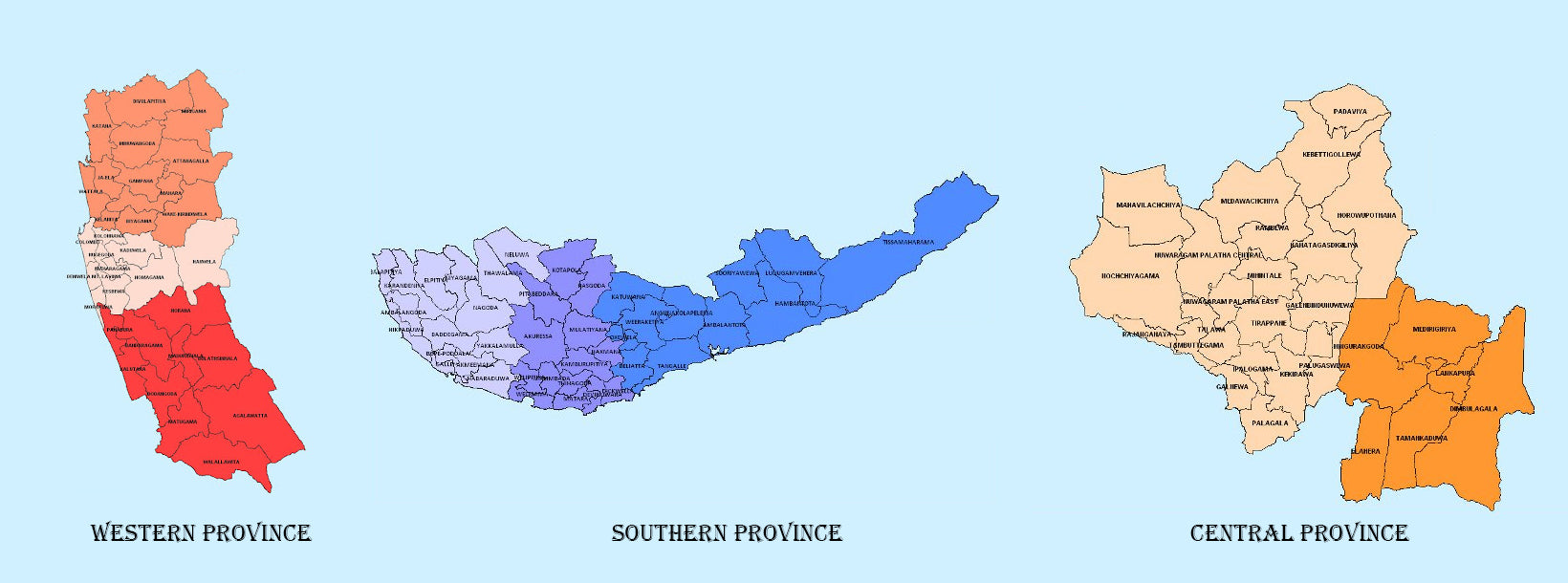
Provinces
The Democratic Socialist Republic of Sri Lanka (known as Ceylon until 1972) is located in the Indian Ocean between the Laccadive Sea in the west and the Bay of Bengal in the east, separated by the Palk Strait and the Gulf of Mannar from Tamil Nadu, an Indian state on the southern coast of the Indian subcontinent.
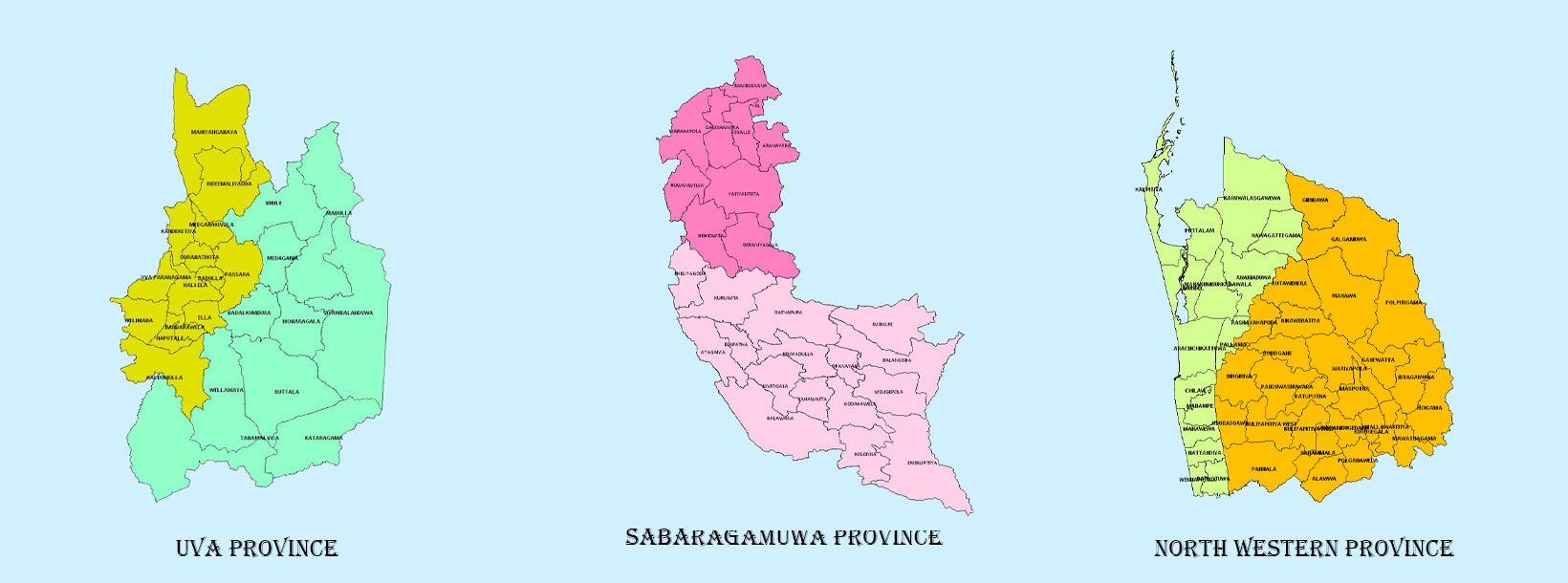
Provinces
The Democratic Socialist Republic of Sri Lanka (known as Ceylon until 1972) is located in the Indian Ocean between the Laccadive Sea in the west and the Bay of Bengal in the east, separated by the Palk Strait and the Gulf of Mannar from Tamil Nadu, an Indian state on the southern coast of the Indian subcontinent.
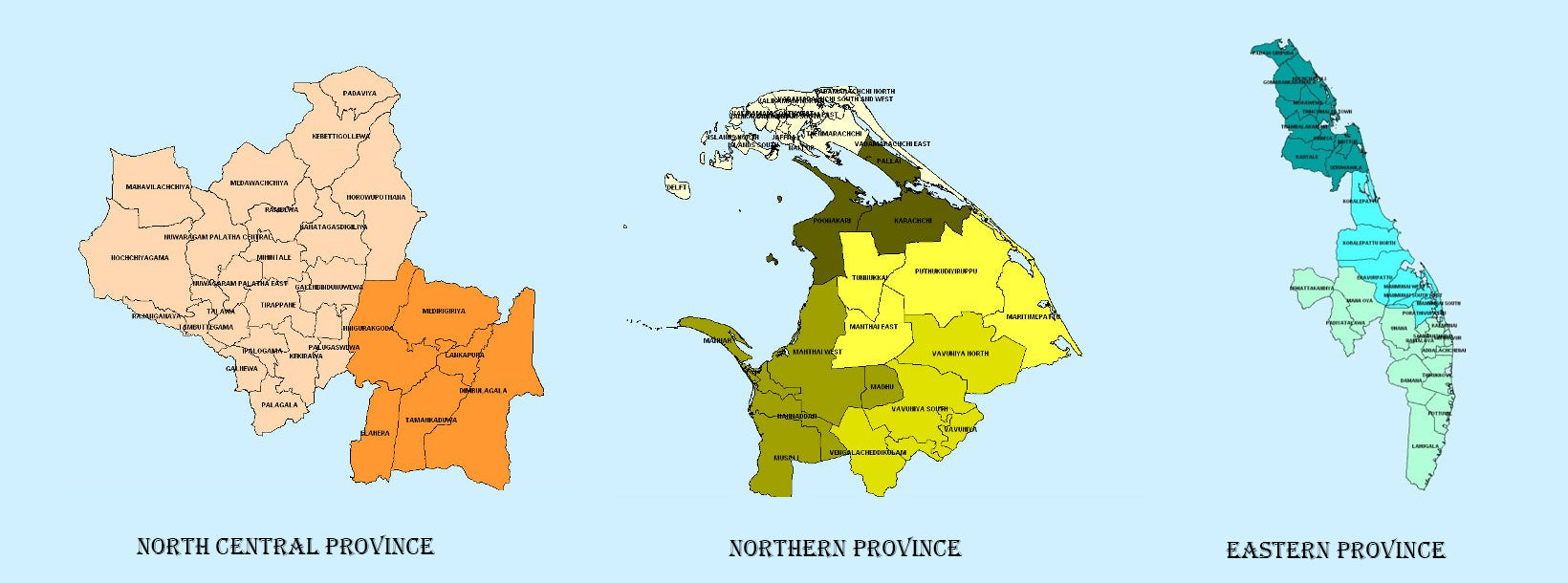
Provinces
The Democratic Socialist Republic of Sri Lanka (known as Ceylon until 1972) is located in the Indian Ocean between the Laccadive Sea in the west and the Bay of Bengal in the east, separated by the Palk Strait and the Gulf of Mannar from Tamil Nadu, an Indian state on the southern coast of the Indian subcontinent.
Sabaragamuwa Province
Sabaragamuwa is yet another province of Sri Lanka, located in the south-central region of the island and is comprised of two administrative districts: Ratnapura and Kegalle. Sabaragamuwa is named after its former indigenous inhabitants, namely the Sabara, an Indic term for hunter gatherer tribes, a term seldom used in ancient Sri Lanka. The province is well known for its gem industry, particularly the Ratnapura District. Apart from gem industry, the province is known for rice and fruit cultivations and rubber plantations. In the province are also tourist attractions such as the Sinharaja Forest Reserve, Udawalawa National Park, Kitulgala, and Adam’s Peak etc.
The capital of the province is Ratnapura, the name means `city of gems’, a city most known for the long established gem industry in Sri Lanka. Most of the people of the town depend on the gem trade. Gem pits are a common site in the surrounding area. Most of the large-scale gem businessmen operate from Ratnapura. There are a considerable number of foreign gem traders too operating in the town. Rice cultivation is presently facing an uncertain future in Ratnapura because many farmers are giving up rice cultivation and switching to gem mining which is a more productive way of earning money. Many delicious fruits like mango and papaya and also vegetables are grown as market products.
Ratnapura is located on the A4 Highway which connects the capital Colombo to Kalmunai in the Eastern Province. Another Highway A8 connects the town with Panadura in the western coast of Sri Lanka. Ratnapura features a tropical rainforest climate. The city is located in the south-western part of Sri Lanka, the so-called wet zone. The town receives rainfall mainly from south-western monsoons from May to September and is often inundated.
Sabaragamuwa Province
There are many places of worship in and around the city. Some of them are the mountain Sri Pada (Adam’s Peak), Maha Saman Devale, Delgamu Viharaya, Pothgul Viharaya, Diva Guhava, Siva Temple, Jumma Mosque, Saints Peter and Paul’s and St. Luke’s Churches.
The scenic nature’s creations are the waterfalls such as Bopath Ella situated at Kuruwita, Katugas Ella, a popular waterfall situated at Mahawalawatta, 3 km away from Ratnapura; Kirindi Ella, the seventh highest waterfall in Sri Lanka situated 4 km away from Ratnapura-Pelmadulla Main Road; Rajanawa, situated next to Ratnapura-Kalawana Main Road in Marapana village.
In the time of the last king of Sri Lanka “Sri Wickrama
-
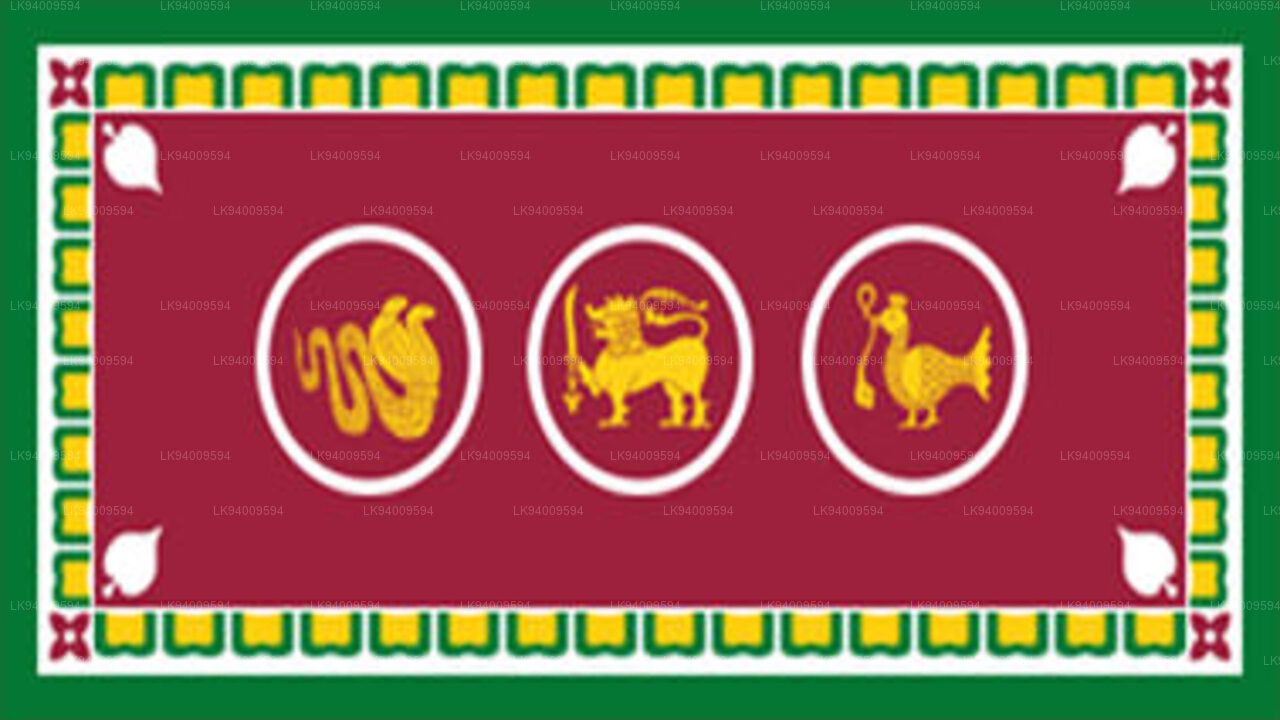 Western Province
Western ProvinceThe most densely populated province of Sri Lanka, the Western Province which is 3,593 km2 in extent is home to the country’s legislative capital Sri Jayewardenepura. It is also home to the country’s commercial hub, Colombo.
-
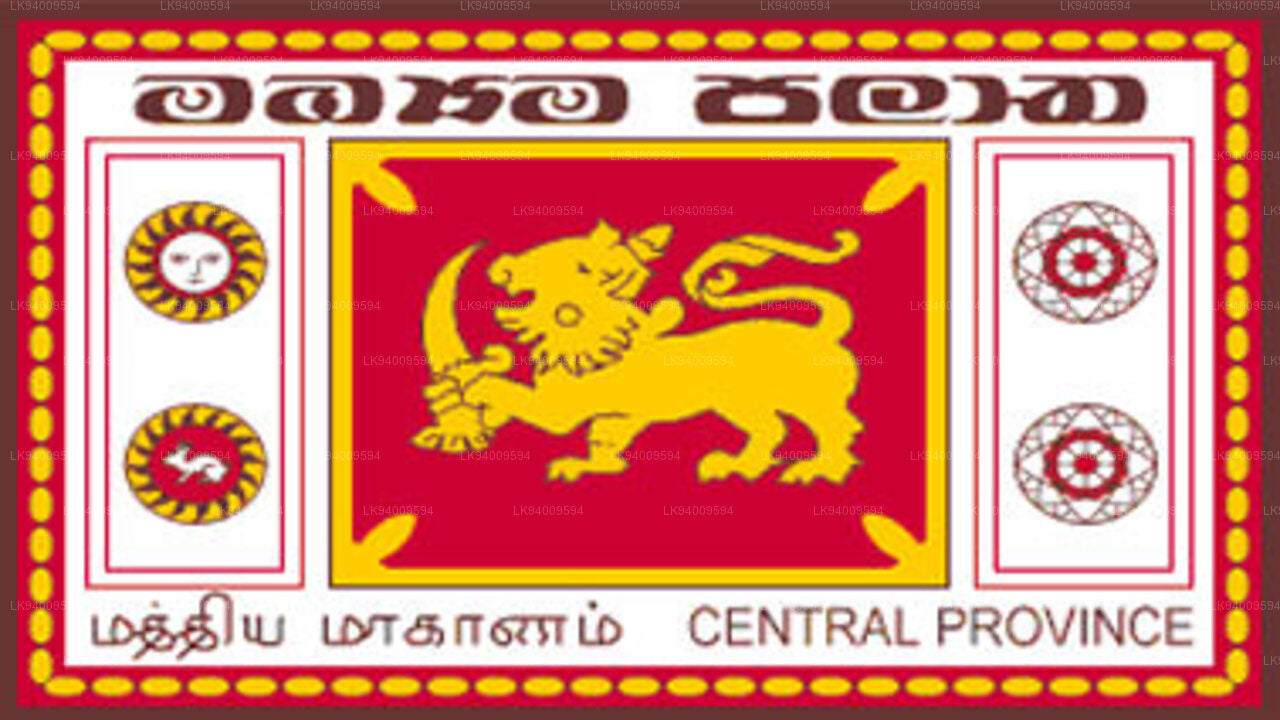 Central Province
Central ProvinceThe Central Province is located in the central hills of Sri Lanka comprising of three administrative districts: Kandy, Matale and Nuwara-Eliya. The land area of the province is 5,575 km2 which is 8.6% of the total land area of Sri Lanka.
-
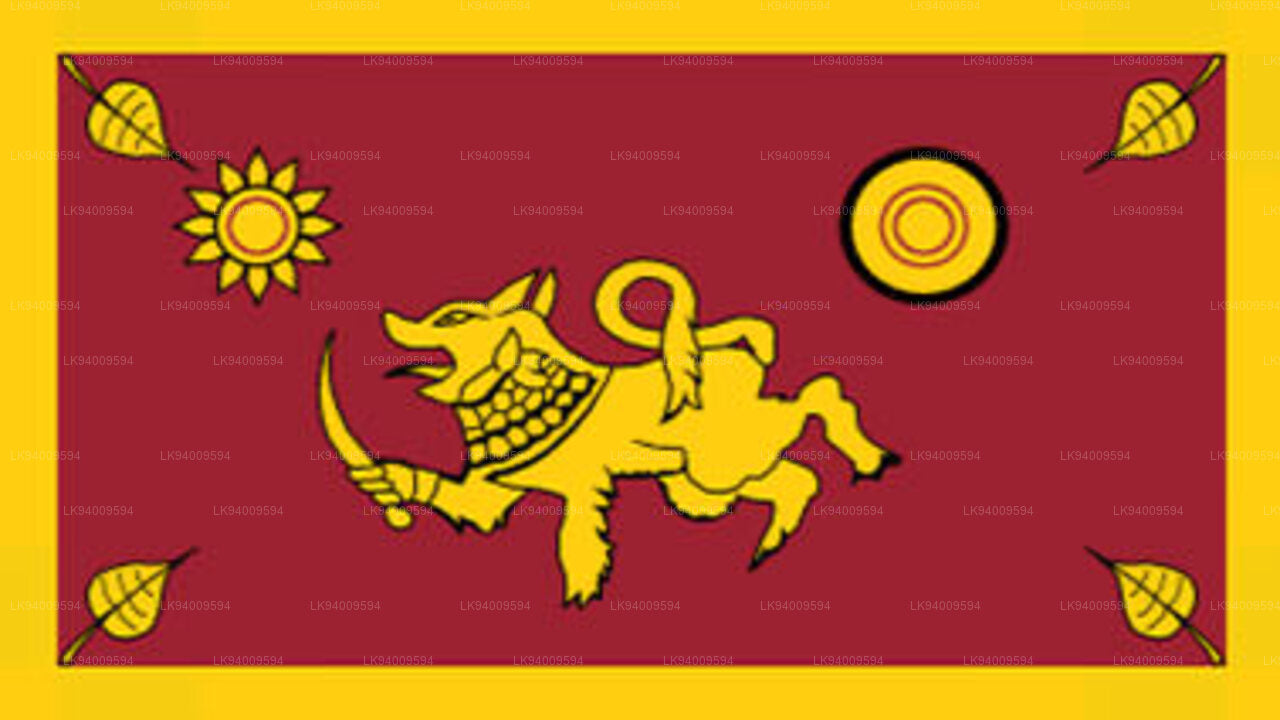 Southern Province
Southern ProvinceThe Southern Province of Sri Lanka is a small geographic area consisting of three districts: Galle, Matara and Hambantota. Farming and fishing are the main sources of income for the vast majority of the people in this region.
-
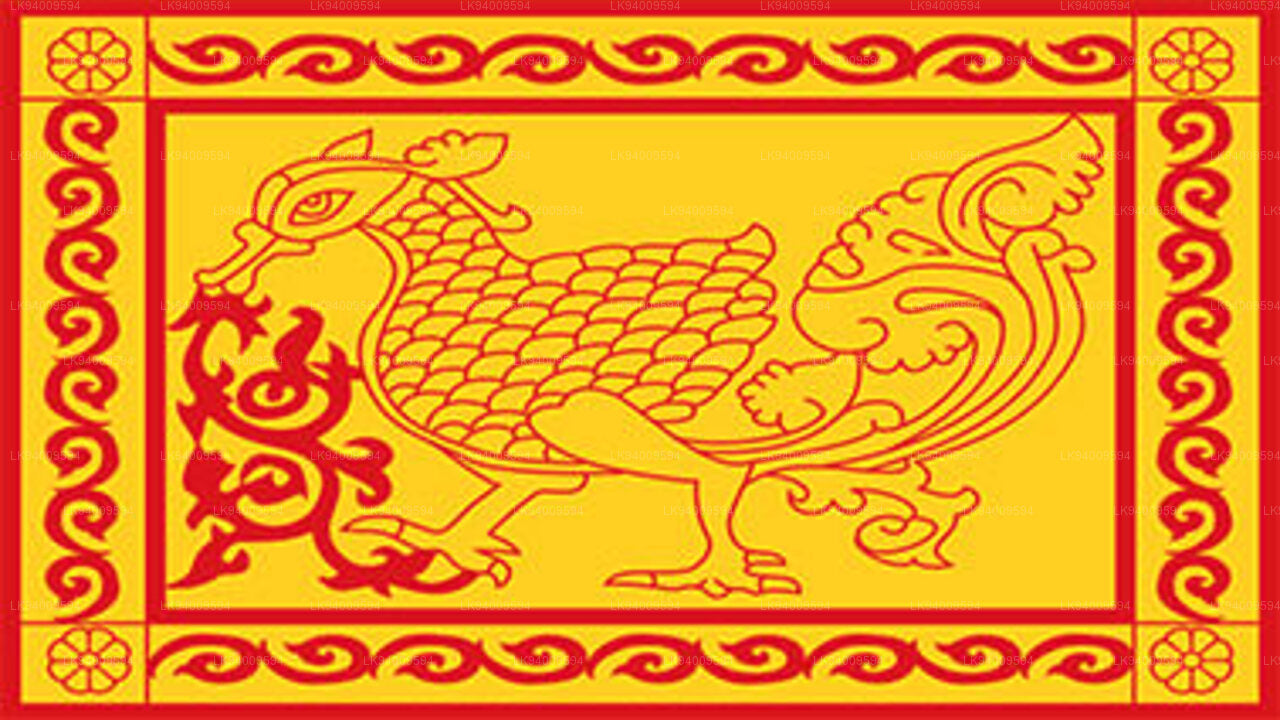 Uva Province
Uva ProvinceThe Uva Province consists of two districts: Badulla and Moneragala while the capital of the province is Badulla. Uva is bordered by the Eastern, Southern and Central provinces.
-
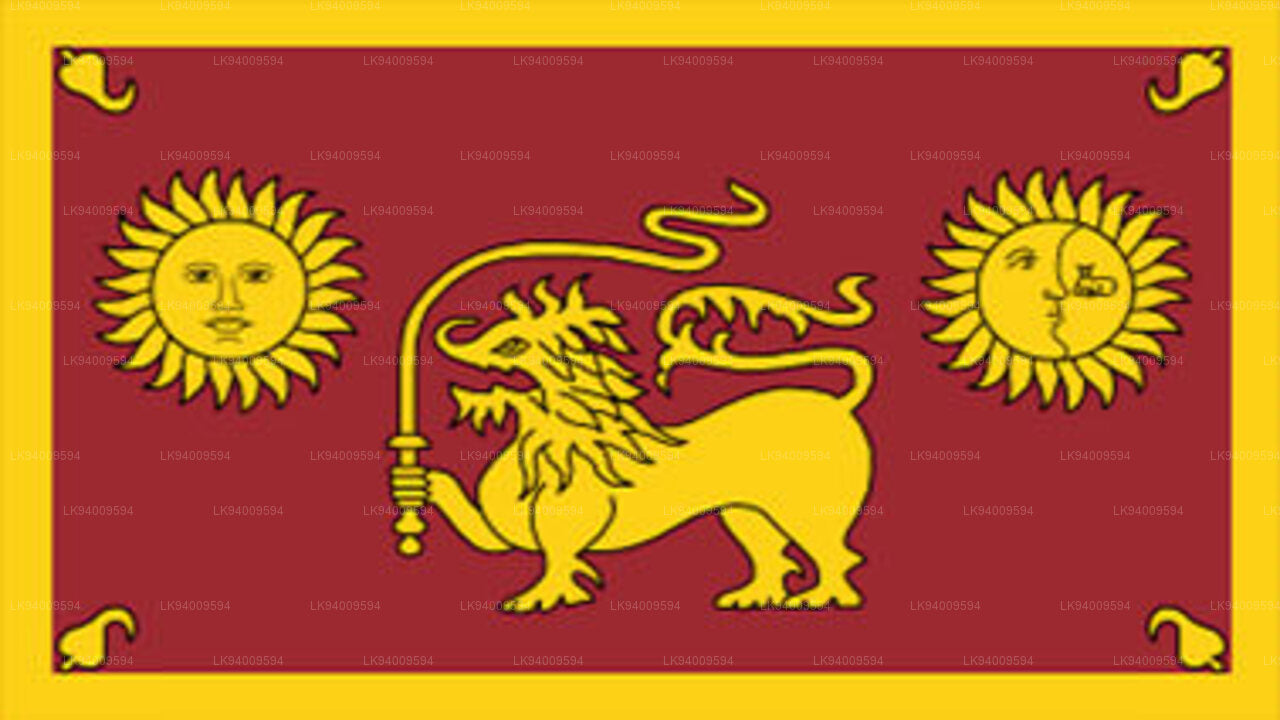 Sabaragamuwa Province
Sabaragamuwa ProvinceSabaragamuwa is yet another province of Sri Lanka, located in the south-central region of the island and is comprised of two administrative districts: Ratnapura and Kegalle.
-
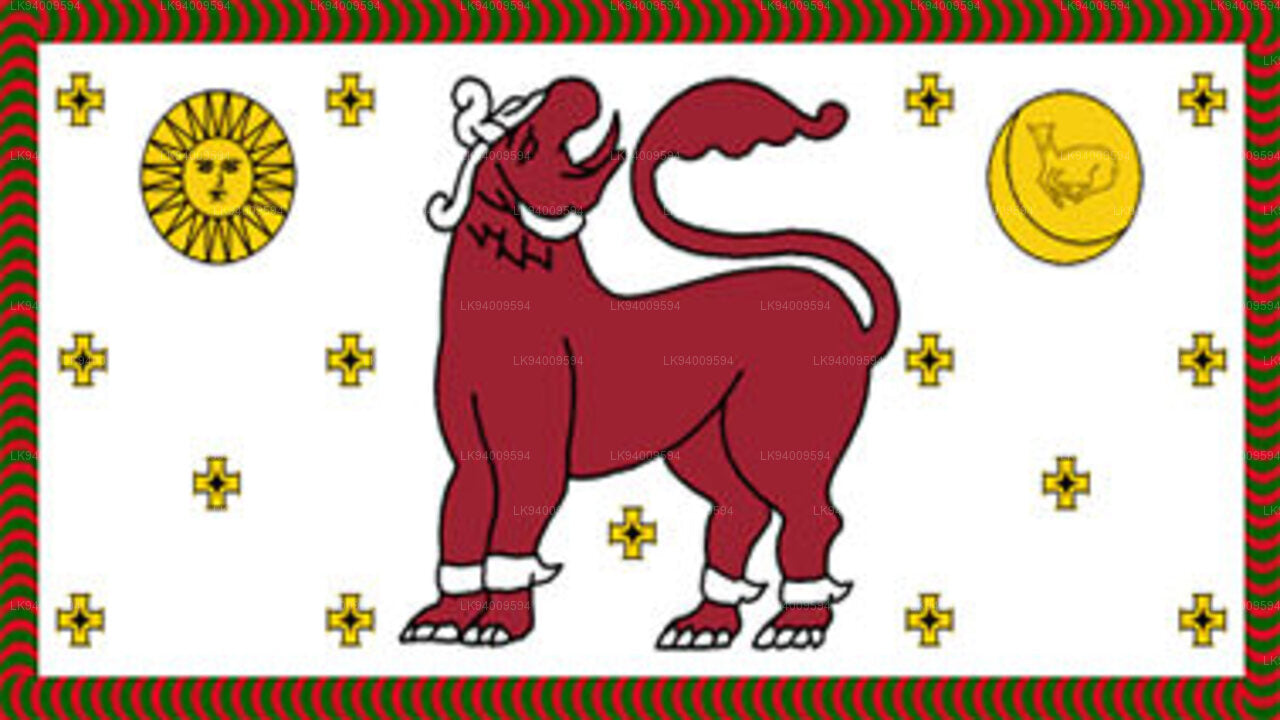 North Western Province
North Western ProvinceNorth Western Province is comprised of two administrative districts viz. Kurunegala and Puttalam. The provincial capital is Kurunegala that has a population of 28,571. The province is well known for its coconut plantations.
-
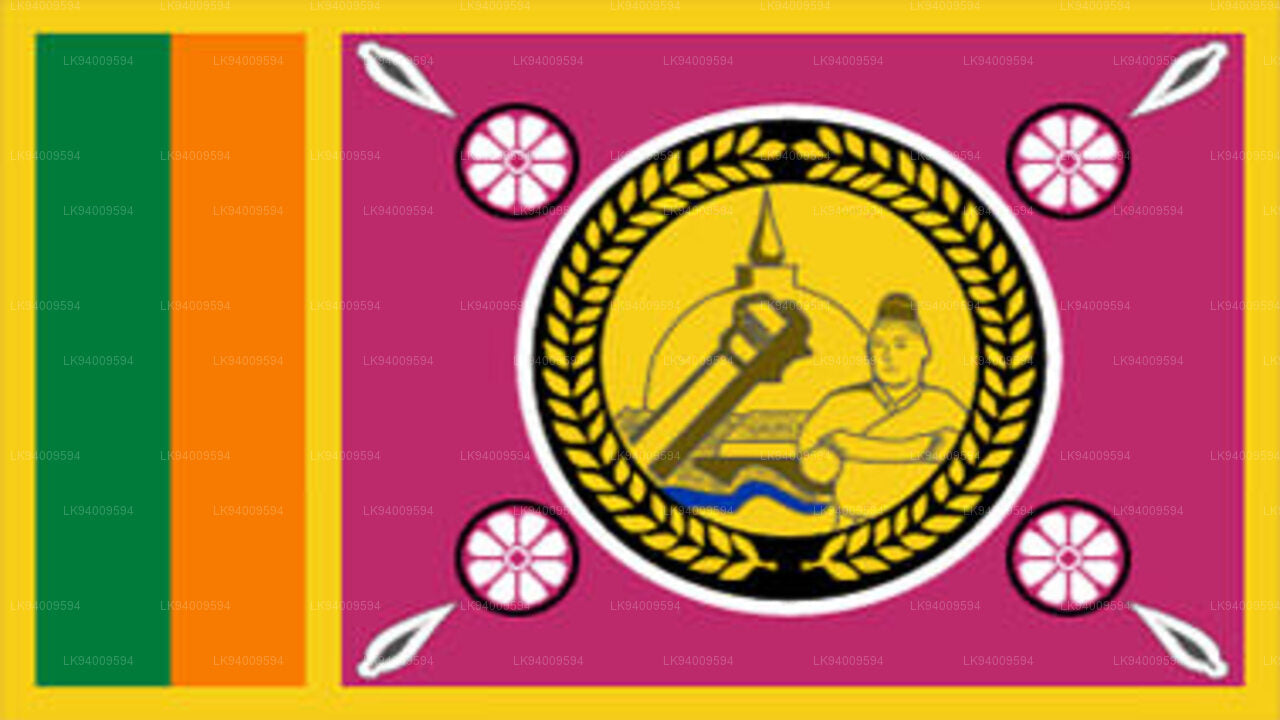 North Central Province
North Central ProvinceThe largest province of Sri Lanka, located in the dry zone being 10,714 km2 in extent, the North Central Province that consists of two administrative districts viz. Anuradhapura and Polonnaruwa,
-
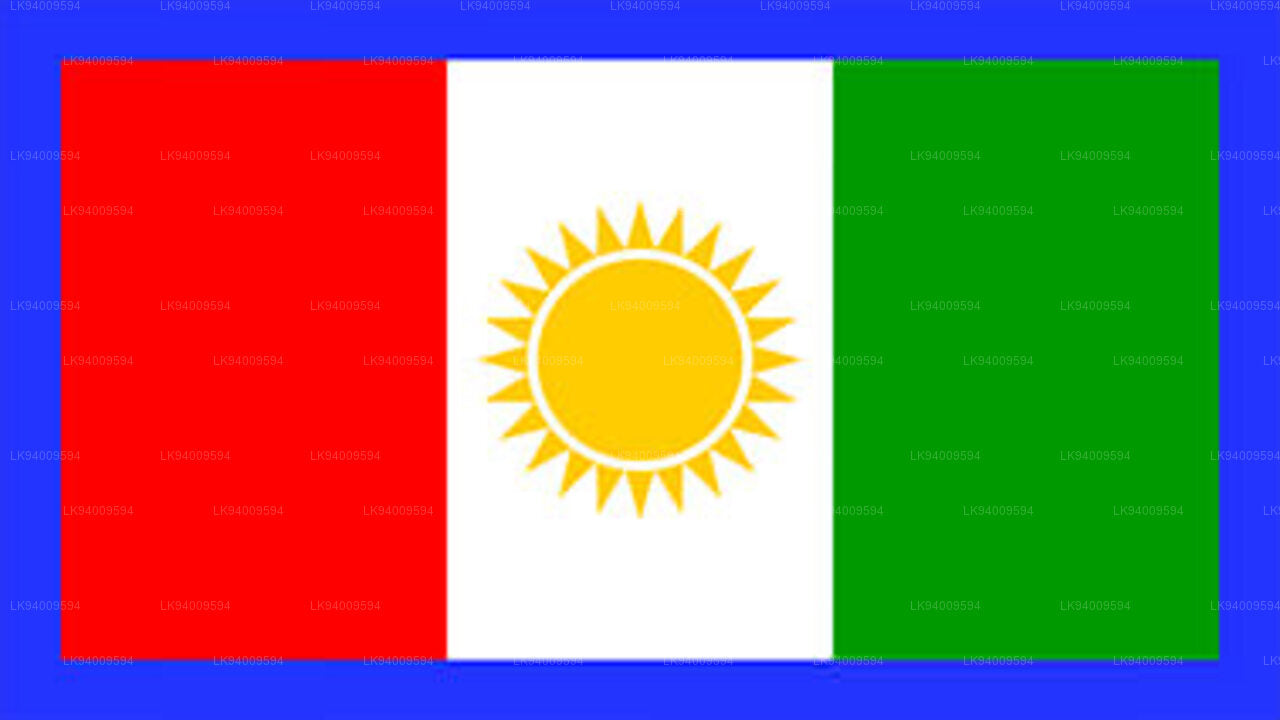 Northern Province
Northern ProvinceThe Northern Province is located in the north of Sri Lanka just 35 km from India. It has a land area of 8,884 km’. The province is surrounded by the Gulf of Mannar and Palk Bay to the west, Palk Strait to the north west, the Bay of Bengal to the north and east and the Eastern, North Central and North Western provinces to the south.
-
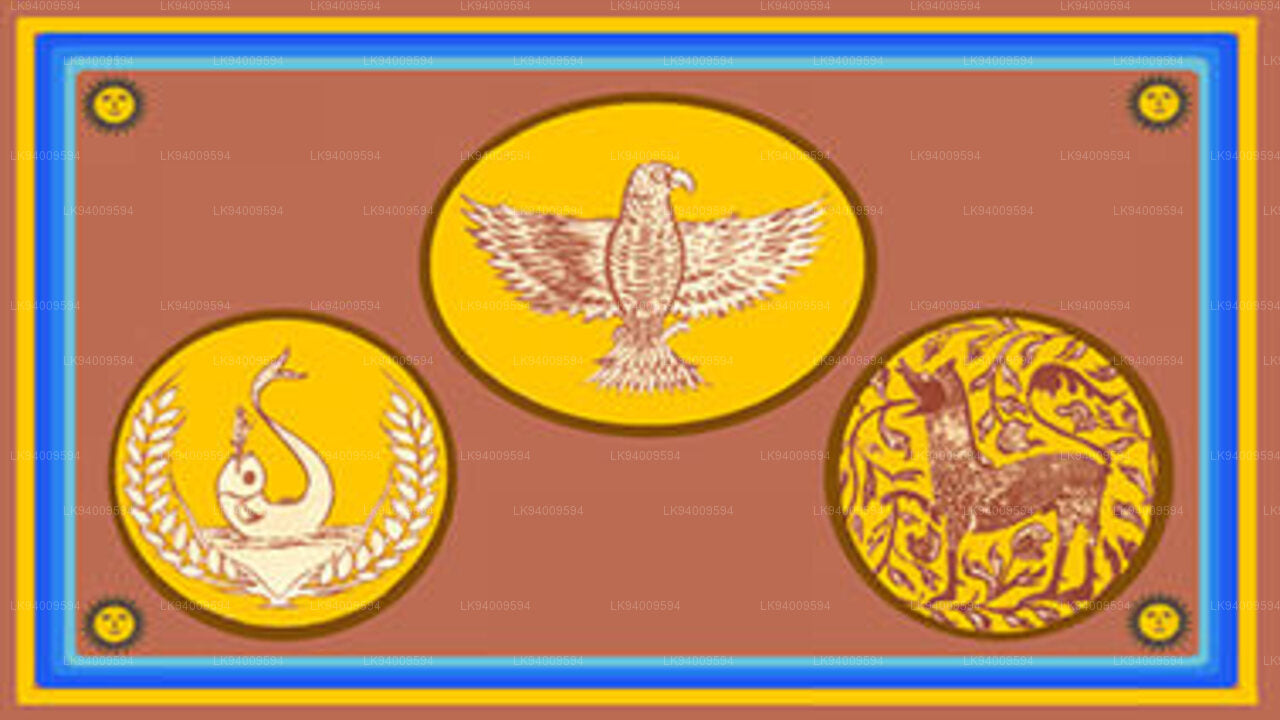 Eastern Province
Eastern ProvinceAnother province of Sri Lanka mostly known for its golden beaches and the natural harbour, the Eastern Province which is 9,996 km2 in extent consists of three administrative districts namely Trincomalee, Batticaloa and Ampara.













